Well,
I made a little quad from scratch. From scratch as in from PCB design.
After assembling, testing, some coding, it turns out my accelerometers get WAY TOO MUCH vibrations and I can't detect orientation using Kalman filter... Bump!
Has anyone encountered this kind of problem before? How would you solve it?
Image of Quad:

Image of tester I used to visualize orientation:

Any helps much appreciated will be :) I already ordered Moongel but not counting it'll filter out much vibration in my case.
